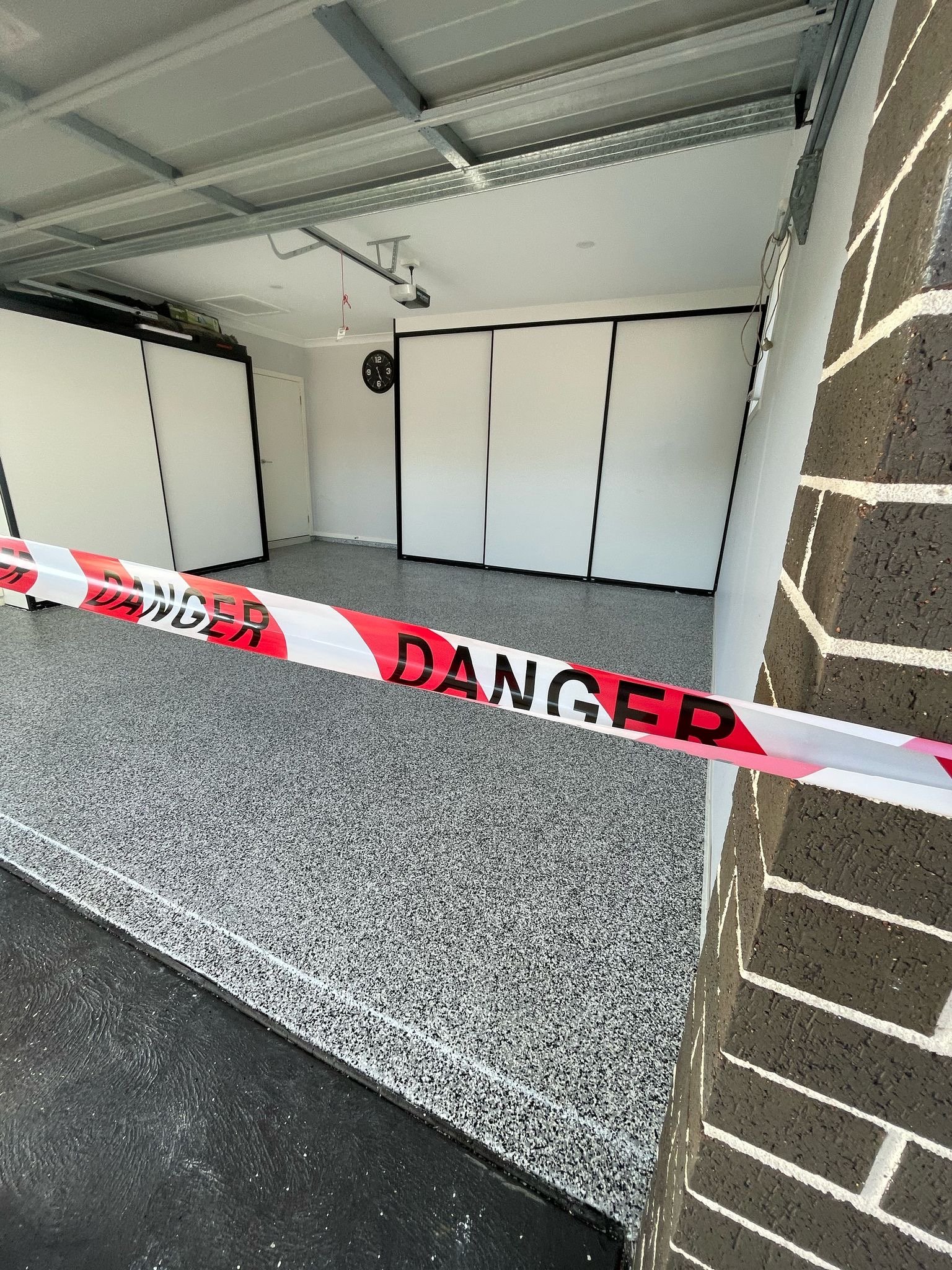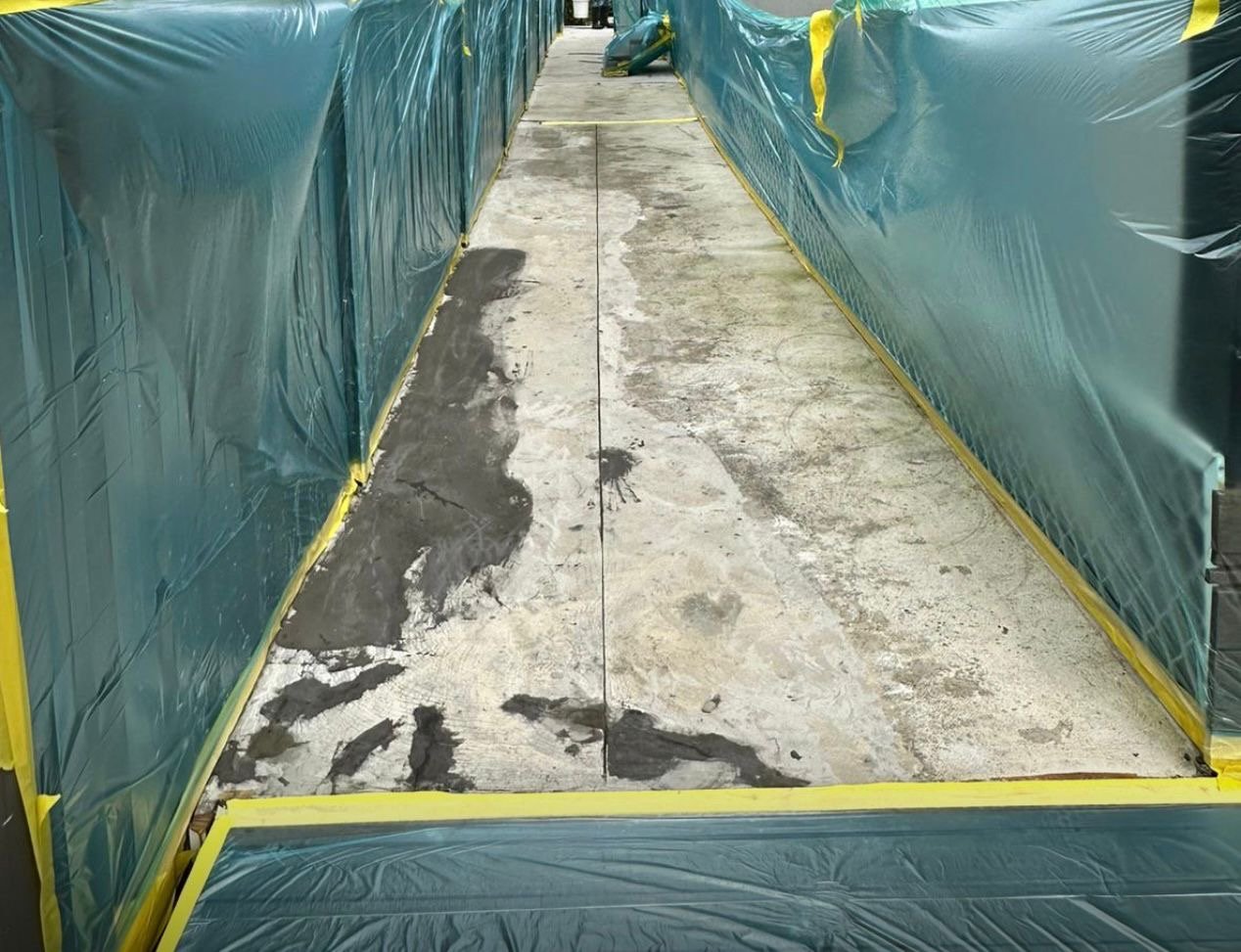THE DIFFERENT TYPES OF EPOXY
-
Epoxy - Solid
Solid colour epoxy coatings provide numerous advantages, making them an excellent choice for a variety of surfaces. Available in a wide range of colour options, they offer an attractive, uniform finish that can complement any design scheme. Their exceptional durability allows them to withstand heavy foot traffic, mechanical wear, and exposure to harsh chemicals without degrading.
The non-porous nature of solid colour epoxy makes cleaning and maintenance straightforward, as dirt and spills do not penetrate the surface. This also means the coatings resist moisture absorption and are effective against UV damage, maintaining their appearance and structural integrity over time. For safety-conscious environments, slip-resistant variants are available, reducing the risk of slips and falls.
-
Epoxy - Clear
A clear, transparent coating designed for application on concrete and various flooring types provides a glossy finish that significantly enhances the surface's visual appeal. This coating not only highlights the natural texture and colour of the underlying material but also offers robust protection against everyday wear and tear, including scratches, stains, and moisture damage. Ideal for both indoor and outdoor use, it extends the lifespan of floors while maintaining a sleek, polished look. Regular maintenance ensures the coating remains effective, preserving the surface’s durability and aesthetic quality over time.
-
Epoxy - Flake
This type of coating is produced by applying small flakes of coloured vinyl onto a freshly applied epoxy surface. The flakes embed into the wet epoxy, creating a decorative finish that also enhances slip resistance. Due to its non-slip properties, this coating is commonly used in areas where extra traction is essential, such as garages, workshops, and other high-traffic or potentially slippery environments. It not only improves safety but also adds an attractive, customised appearance to the floor.
Theirs 2 types of Flake, Hyper Flake & Ultra Flake. Visit the Types of Flake page and read more about them to find your best fit.
Our Most Recent Transformatons





